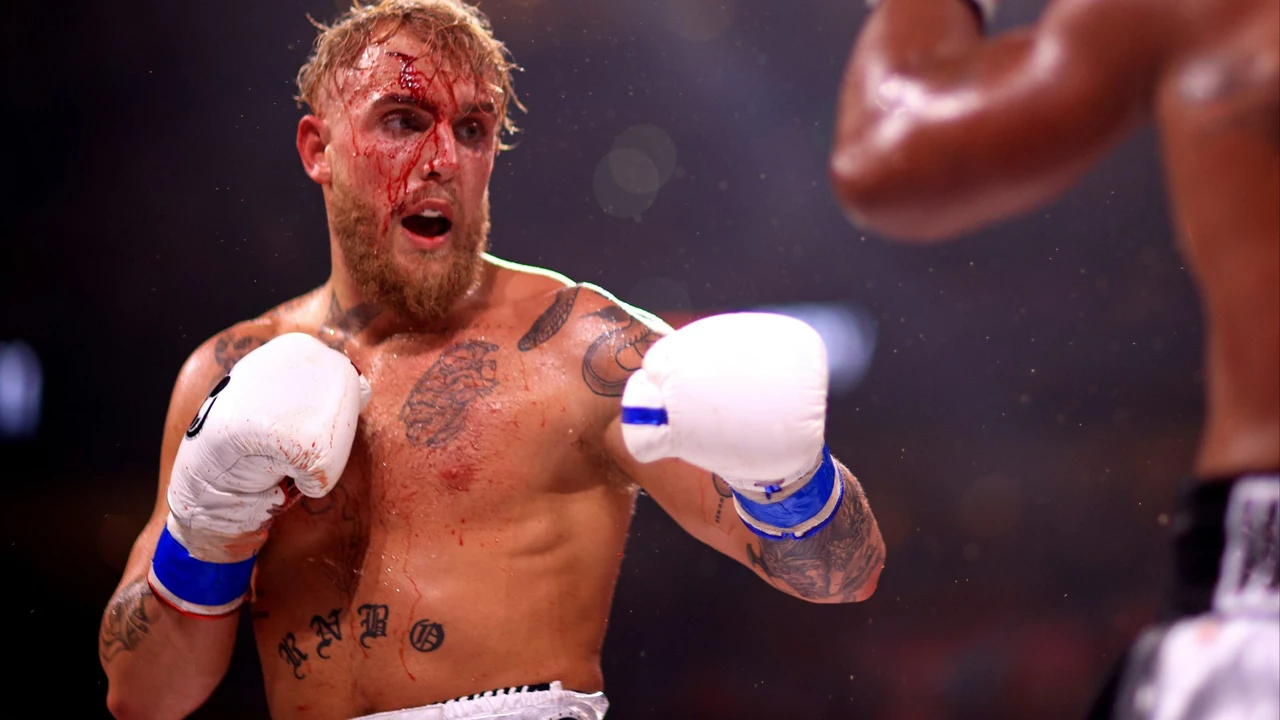Professional Boxing: What You Need to Know Right Now
If you love the roar of the crowd and the smack of gloves, you’ve probably wondered how the sport works behind the scenes. Here’s a no‑fluff rundown of the biggest questions that keep fans and aspiring fighters up at night.
How Pro Boxers Get Paid
Most people think a fighter just shows up, throws a few punches, and walks away with a cheque. In reality the paycheck is a mix of a guaranteed fight purse, a slice of pay‑per‑view (PPV) revenue, ticket sales, and sponsorship deals. A rookie might earn a few thousand dollars for a local bout, while a marquee name can pull in millions.
The purse is negotiated months before the fight and split between the boxer, his manager, trainer, and sometimes the promoter. PPV cuts are usually a percentage of the total sales, so a fighter who draws a big audience can see his earnings jump dramatically. Endorsements add another layer – a champion with a recognizable face can land shoe deals, energy drink contracts, or even appear in movies.
Why Vacant Belts Keep Appearing
The boxing world is split among several sanctioning bodies – WBA, WBC, IBF, and WBO – each with its own championship belt. When a boxer retires, moves up or down a weight class, or fails to defend the title in time, the belt is declared vacant.
Politics also play a big role. Promoters sometimes pressure organizations to strip a fighter for missing a mandatory fight or for signing with a rival promoter. Injuries force many champs to step aside temporarily, leaving the belt up for grabs. This fragmentation means fans often see several “world champions” in the same weight division at the same time.
Understanding this helps you make sense of the headlines that shout about “new champion crowned” even when a former title holder is still active.
Now, let’s talk about the paths to the top. Many wonder if you can start boxing in college and still become a champion. The answer is yes, but it takes laser‑focused training, a strict diet, and a solid support team. Most pros begin as kids, but there are cases of late starters who put in the work, find a good trainer, and climb the ranks in about five years. The key is consistency – hit the gym, spar regularly, and avoid the “I’ll train when I’m busy” trap.
What about the big names? Tyson Fury’s recent fights have sparked debate: have we already seen his best? Some fans think his massive size and unique style mean he’ll keep redefining himself. Others argue age and wear will catch up soon. Meanwhile, Mike Tyson’s comeback at 53 sparked a wave of hype. The reality? Age matters in a sport that demands speed and endurance, so expectations need to be realistic.
Bottom line: professional boxing is a mix of money math, belt politics, and personal grit. Whether you’re eyeing a career, betting on a fight, or just love the sport, knowing how the pieces fit together makes every knockout that much sweeter.

Is Jake Paul a good boxer?
Well, folks, here's the scoop on Jake Paul's boxing skills! This YouTuber turned boxer is like a wild card - you never quite know what you're going to get. Now, I ain't no boxing expert, but the guy's got some serious punch power, no denying that. Honestly though, his technique might make a pro-boxer cringe, but hey, he's getting the job done, right? So, to answer, "Is Jake Paul a good boxer?" Well, he's not Muhammad Ali, but he's definitely shaking things up!